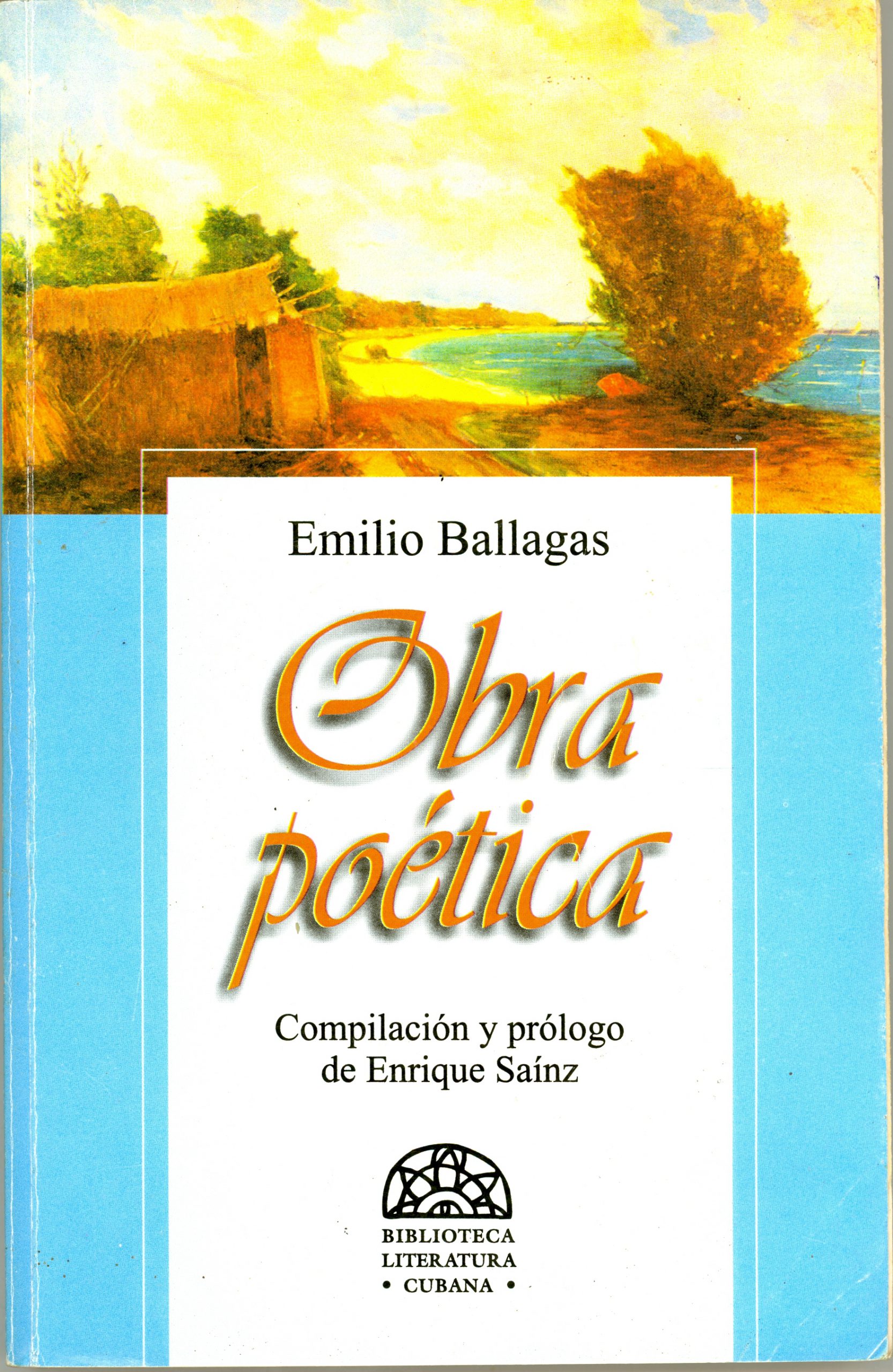4.1.1.17.5 Minor works by Emilio Ballagas (1908-1954)

In addition to the works studied, Emilio Ballagas conceived others that, while not having the same aesthetic quality, did contribute, through transitions or as a background, to shaping the total face of his poetry and allow us to grasp other concerns, glimpses of his essentially creative personality, emotionally fallen and emerging again always with renewed enthusiasm, with renewed torment, but with a deep essence to capture and ultimately share.
In 1943, he published “Nuestra Señora del Mar,” a well-documented tribute to Caridad del Cobre, in which we can see the calm that followed the passionate outpouring of “Sabor eterno,” the preceding collection of poems. In this collection, religiosity is free from ontological or rhetorical complications and appears as a simple devotion, which shares a line of continuity with his first poetic period, a non-meditative purism.
The collection of poems includes a sonnet, 10 décimas and the “Liras de la imagen” (Lires of the Image), in which a formal care without great pretensions of originality and the poetic craft of Ballagas are evident, like a dejected angel who seeks to dissociate himself in his song from all that he has suffered, incorporated however into his being for other high moments of his emotion, which would come to his collection of poems “Cielo en rehenes” (Cielo en hostes).
The collection’s saving grace, however, is its desire to anchor itself in the popular and to revive a topic not only with a religious meaning but also with an identity. At the end of the collection, there is an exegetic text containing the following sentence: “We have sought to isolate the luminous popular religiosity—a universal popular tradition—from the plebeian superstition that, with undeniable veins of ethnic picturesqueness, lacks legitimate spiritual flight. And we believe that, while remaining faithful to poetry, we have remained faithful to one of our purest island traditions: the cult of a virgin who sails across our Mediterranean.”
For his part, the collection of poems “Décimas por el júbilo martiano en el centenario del apóstol José Martí”, with which he won the centenary prize in 1953, although acknowledging the wisdom of praising the figure of the Master and the patriotic intention, does not show deep emotion but rather the so-called “verbal grace” and an occasional expository purpose, associated with literary competitions.
These pieces and other excerpts that he would publish in magazines and newspapers of the time – some of a certain quality but isolated from the rest of his production – such as “Antenas”, “Social”, Revista de Avance, Grafos, Clavileño, Revista Cubana and others from Latin American countries, would contribute to building the platform on which Ballagas attempted higher endeavors and which placed him at the top of the essential, the imperishable.








